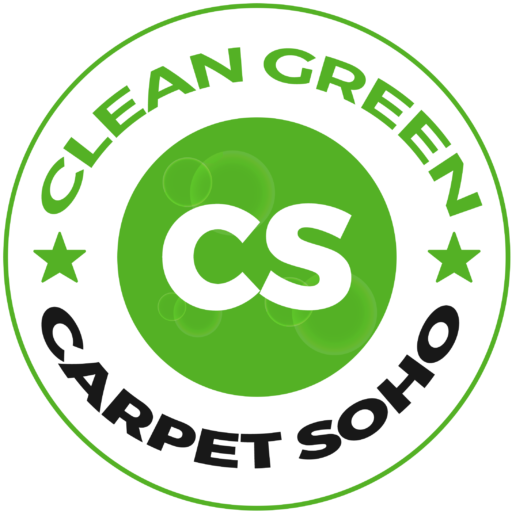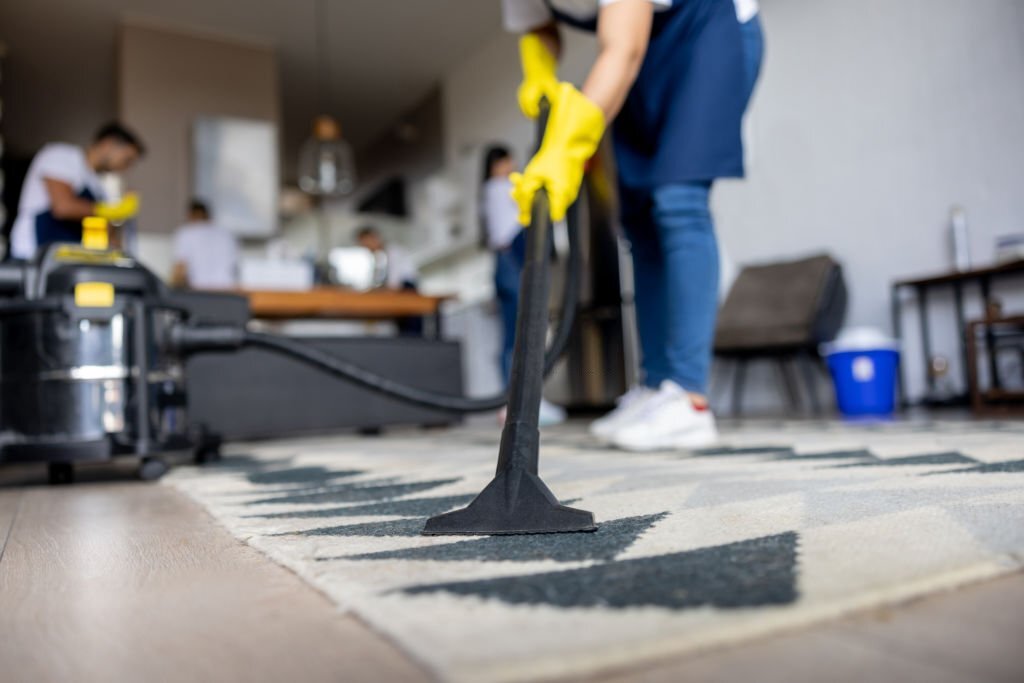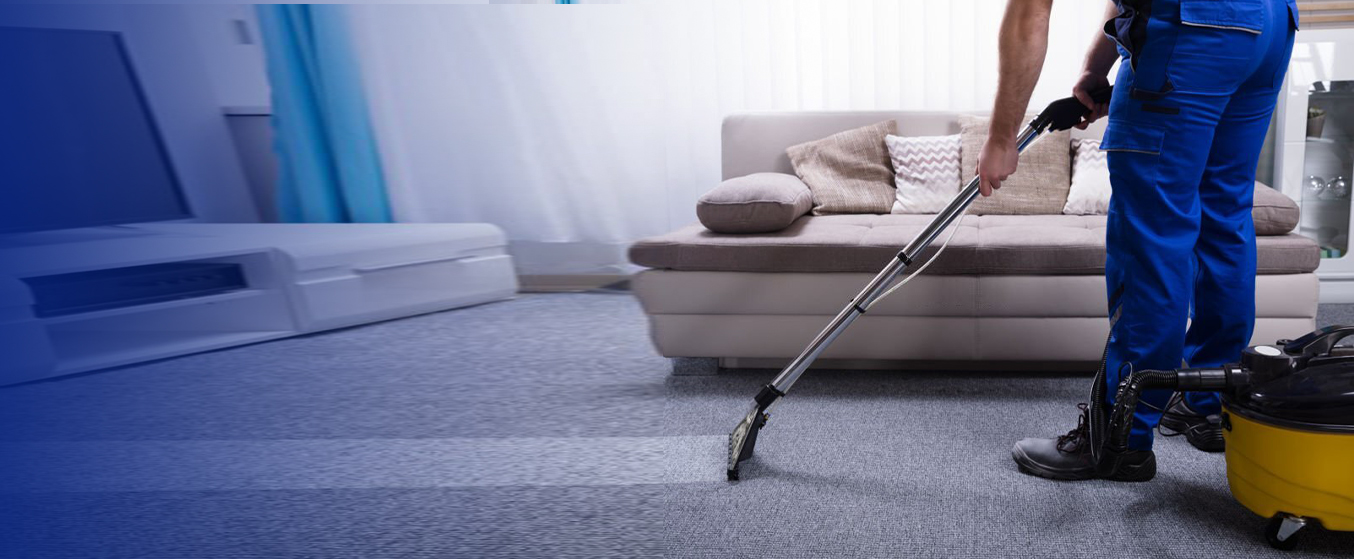
Common Rug Issues and Their Causes
Are you struggling with your rug and wondering why it doesn’t look as good as it used to? Don’t worry, you’re not alone. Many people encounter common rug issues that can negatively affect the appearance and longevity of their rugs. Understanding the causes behind these issues can help you take proper action and prevent further damage.
From pesky stains and odors to frayed edges and color fading, various factors can contribute to these problems. It might be due to pets, constant foot traffic, or even improper cleaning techniques. By identifying the root causes, you can tackle the issues head-on and ensure your rug stays in pristine condition for years to come.
In this article, we will explore the most frequent rug issues and their underlying causes. We’ll provide you with practical tips and suggestions to address each problem effectively. By the end, you’ll have a better understanding of how to maintain and care for your rug, prolonging its life and keeping it looking its best. So, let’s dive in and unravel the mysteries behind those common rug issues that have been bothering you.
Stains and spills: Causes and prevention
Stains and spills are perhaps the most common issues that rug owners face. Whether it’s a glass of red wine, a pet accident, or a clumsy mishap, these incidents can leave unsightly marks on your rug. The causes behind stains and spills can vary, but the result is often the same – a blemish that requires immediate attention.
One common cause of stains is the lack of a protective barrier between your rug and potential spills. Without a rug pad or proper coating, liquids can easily seep into the fibers, making them difficult to remove. Another cause is the delay in cleaning up spills. The longer a stain sits, the harder it becomes to remove.
To prevent stains and spills, consider investing in a high-quality rug pad. Rug pads not only provide cushioning and prevent slipping but also act as a barrier against liquid penetration. Additionally, make it a habit to clean up spills immediately. Blot the affected area with a clean cloth or paper towel to absorb as much liquid as possible. Avoid rubbing, as this can spread the stain further.
Regular maintenance is also crucial in preventing stains. Vacuum your rug regularly to remove dirt and debris that can attract stains. If you have pets, train them to avoid accidents on the rug, or consider using a temporary barrier in areas where accidents are more likely to occur. Taking these preventive measures can go a long way in keeping your rug stain-free and looking its best.
Fading and discoloration: Understanding the reasons
Have you noticed that your once vibrant rug has started to fade or lose its color? Fading and discoloration are common issues that can be caused by various factors, including exposure to sunlight, improper cleaning methods, and the use of harsh chemicals.
Sunlight is a major culprit when it comes to rug fading. Over time, UV rays can break down the dyes and fibers of your rug, resulting in a dull and faded appearance. To prevent this, consider using window coverings or UV-blocking film to limit the amount of direct sunlight your rug is exposed to.
Improper cleaning methods can also contribute to fading and discoloration. Using harsh chemicals or bleach-based cleaners can strip away the dyes and weaken the fibers of your rug. Always follow the manufacturer’s instructions for cleaning and opt for gentle, rug-specific cleaning solutions.
Another factor to consider is the quality of the dyes used in your rug. Cheap rugs often use low-quality dyes that are more prone to fading. When purchasing a rug, opt for those made with high-quality, colorfast dyes that are designed to withstand fading.
If your rug has already started to fade, there are a few options you can consider. One is to rotate the rug periodically to ensure even exposure to sunlight. Another option is to consult a professional rug restorer who can assess the damage and recommend appropriate restoration techniques.
Wear and tear: Identifying the signs
As rugs age, they naturally experience wear and tear. Constant foot traffic, furniture movement, and regular use can lead to frayed edges, worn-out spots, and overall deterioration. It’s important to identify the signs of wear and tear early on to prevent further damage and extend the life of your rug.
One common sign of wear is frayed edges. When the edges of your rug start to unravel or fray, it’s an indication that the rug is experiencing excessive friction. This can be caused by foot traffic, vacuuming, or even pets scratching the edges. To prevent further fraying, consider using rug tape or professional binding to secure the edges.
Another sign of wear is worn-out spots or thinning areas on the rug. These areas are often the result of high foot traffic or the placement of heavy furniture. To prevent wear and tear, consider rotating your rug periodically to distribute the weight evenly. You can also use furniture pads or coasters to minimize pressure on specific areas.
Regular maintenance is essential in prolonging the life of your rug and minimizing wear and tear. Vacuum your rug regularly to remove dirt and debris that can cause friction and damage. Avoid using beater bars or heavy-duty vacuum cleaners, as they can pull on the fibers and contribute to wear.
By identifying the signs of wear and tear early on and taking proactive measures, you can ensure that your rug remains in good condition for years to come.
Mold and mildew: How to prevent and treat
Mold and mildew are not only unsightly but also pose a health risk. These fungi can thrive in humid environments or when rugs are exposed to moisture for extended periods. Preventing and treating mold and mildew is crucial to ensure the longevity of your rug and maintain a healthy living space.
One common cause of mold and mildew growth is excessive moisture. This can occur due to spills, leaks, or high humidity levels. To prevent mold and mildew, it’s important to address any sources of moisture promptly. Clean up spills immediately and ensure that your rug is thoroughly dry before placing it back on the floor.
Proper ventilation is also essential in preventing mold and mildew. Ensure that your room has adequate airflow and consider using dehumidifiers in humid climates or during damp seasons. Avoid placing rugs in areas with high moisture levels, such as basements or bathrooms, unless they are specifically designed for such environments.
If you notice signs of mold or mildew on your rug, it’s important to take immediate action. Begin by removing the rug from the affected area to prevent further contamination. Thoroughly clean the area with a mixture of mild detergent and water, then allow it to dry completely. If the mold or mildew persists, consult a professional rug cleaner who can provide specialized treatments.
Regularly inspecting your rug for signs of moisture, promptly addressing spills, and maintaining proper ventilation can go a long way in preventing mold and mildew growth. By doing so, you’ll not only protect your rug but also create a healthier and safer living environment.
Shedding and fraying: Causes and solutions
Shedding and fraying are common issues that can affect the appearance and longevity of your rug. Shedding refers to the release of loose fibers, while fraying occurs when the edges of your rug start to unravel. Understanding the causes behind these issues and implementing appropriate solutions can help you maintain your rug’s integrity.
Shedding is a normal occurrence for many rugs, especially those made from natural fibers such as wool or silk. When a rug is new, it’s common for loose fibers to be released during use. Regular vacuuming can help remove these loose fibers and minimize shedding over time. However, if shedding persists or increases significantly, it may be a sign of poor craftsmanship or low-quality materials.
Fraying, on the other hand, can be caused by various factors, including foot traffic, vacuuming, and pets scratching the edges. To prevent fraying, consider using rug tape or professional binding to secure the edges. Avoid vacuuming too aggressively near the edges, as this can pull on the fibers and contribute to fraying.
If your rug is shedding excessively or the fraying has become severe, it may be time to consult a professional rug repair service. They can assess the extent of the damage and recommend appropriate repairs, such as reweaving or re-knotting the affected areas.
Regular maintenance is essential in minimizing shedding and fraying. Vacuum your rug regularly using a brushless attachment or a vacuum cleaner specifically designed for delicate rugs. Avoid using beater bars or heavy-duty vacuum cleaners, as they can damage the fibers and contribute to shedding and fraying.
By implementing these solutions and taking proper care of your rug, you can minimize shedding and fraying, ensuring that it remains in good condition for years to come.
Allergies and respiratory issues: Rug-related triggers
Did you know that your rug could be a potential trigger for allergies and respiratory issues? Dust mites, pet dander, mold spores, and pollen can accumulate in the fibers of your rug, causing discomfort for those with allergies or respiratory conditions. Understanding these rug-related triggers and implementing appropriate measures can help create a healthier living environment.
Dust mites are one of the most common allergens found in rugs. These microscopic creatures thrive in warm, humid environments and feed on dead skin cells. Regular vacuuming is crucial in removing dust mites and their allergenic waste. Consider using a vacuum cleaner with a HEPA filter to effectively trap allergens and prevent them from being released back into the air.
Pet dander is another common allergen that can accumulate in your rug. Regular grooming and bathing of your pets can help minimize dander production. Additionally, consider designating pet-free zones in your home, such as bedrooms or living areas with rugs, to reduce exposure to allergens.
Mold spores and pollen can also find their way into your rug, especially if it’s placed near entrances or windows. Regularly cleaning and maintaining your rug can help prevent the buildup of these allergens. Vacuuming, spot cleaning, and periodic professional cleaning can effectively remove mold spores and pollen, creating a healthier living environment.
If you or your family members are particularly sensitive to allergens, consider using hypoallergenic rugs or rugs made from natural fibers that are less likely to accumulate allergens. These rugs are typically resistant to mold, mildew, and dust mites, providing a healthier and cleaner living space.
By understanding and addressing these rug-related triggers, you can create a more allergy-friendly environment and minimize the risk of respiratory issues.
Pest infestations: Dealing with unwanted visitors
Pest infestations can be a nightmare for rug owners. Moths, carpet beetles, and other pests can cause significant damage to your rugs if left unchecked. Understanding the signs of infestation and implementing appropriate preventive measures can help protect your rugs from these unwanted visitors.
One common sign of a pest infestation is the presence of holes or irregular damage on your rug. Moths and carpet beetles can feed on the fibers of your rug, leaving behind small holes or uneven patches. Additionally, you may notice the presence of larvae or adult insects around your rug or in nearby areas.
To prevent pest infestations, it’s important to maintain a clean and dry environment. Regularly vacuum your rugs, paying close attention to the edges and underside, where pests are more likely to hide. Avoid storing rugs in dark, humid areas such as basements or attics, as these environments are ideal breeding grounds for pests.
If you suspect a pest infestation, take immediate action to prevent further damage. Start by removing the affected rug from your home and inspecting nearby rugs or furniture for signs of infestation. Thoroughly clean the infested area using a vacuum cleaner with a HEPA filter to remove any eggs or larvae. Consider consulting a professional pest control service for effective treatment options.
Prevention is key when it comes to pest infestations. Consider using natural deterrents such as cedar chips or lavender sachets to repel pests. Regularly inspect your rugs for signs of damage or infestation, especially if they have been in storage or are rarely used.
By implementing these preventive measures and promptly addressing any signs of infestation, you can protect your rugs from pests and ensure their longevity.
Improper rug cleaning techniques: Avoiding damage
Improper rug cleaning techniques can do more harm than good. Using harsh chemicals, excessive water, or aggressive scrubbing can damage the fibers, fade the colors, and weaken the structure of your rug. Understanding the do’s and don’ts of rug cleaning can help you avoid unnecessary damage and preserve the beauty of your rug.
One common mistake is using excessive water when cleaning your rug. Over-wetting can lead to mold and mildew growth, shrinkage, and color bleeding. Instead, opt for a dry or low-moisture cleaning method, such as dry foam or encapsulation cleaning, which minimizes the risk of over-wetting.
Another mistake is using harsh chemicals or bleach-based cleaners. These can strip away the dyes and weaken the fibers of your rug. Always follow the manufacturer’s instructions for cleaning and opt for gentle, rug-specific cleaning solutions.
Aggressive scrubbing can also damage the fibers and cause excessive shedding or fraying. Instead, use a soft-bristle brush or a clean cloth to gently remove stains or dirt. Blotting with a clean cloth or paper towel is also effective in absorbing spills without spreading the stain further.
When it comes to drying your rug, avoid direct sunlight or high heat sources, as these can cause shrinkage and color fading. Instead, allow your rug to air dry in a well-ventilated area. If necessary, use fans or dehumidifiers to speed up the drying process.
If you’re unsure about the proper cleaning method for your rug, consider consulting a professional rug cleaner. They have the expertise and specialized equipment to effectively clean and restore your rug without causing damage.
By avoiding these common cleaning mistakes and following proper rug cleaning techniques, you can maintain the beauty and integrity of your rug for years to come.
Conclusion: Maintaining the longevity of your rugs
Rugs add warmth, style, and comfort to our homes. To keep them looking their best, it’s important to understand and address the common issues that can arise. From stains and spills to fading and fraying, each problem has its underlying causes and solutions.
By investing in preventive measures such as rug pads, regular maintenance, and proper cleaning techniques, you can prolong the life of your rug and prevent further damage. Identifying the signs of wear and tear, mold and mildew, shedding and fraying, allergies and pests allows you to take immediate action and protect your investment.


